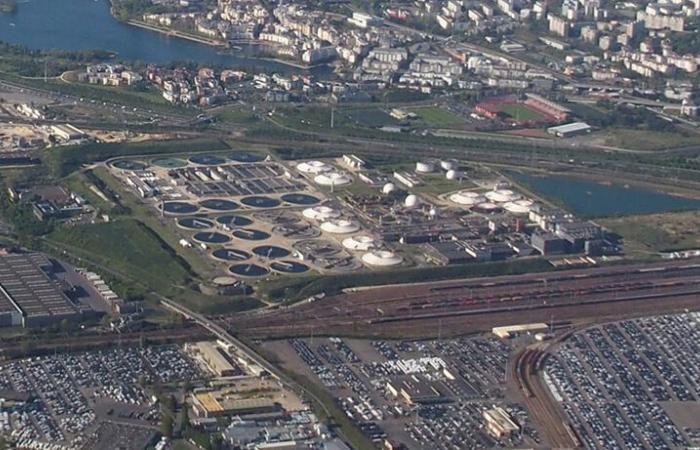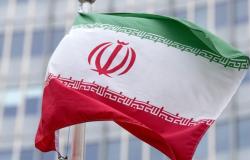This production unit, the largest in France, will be able to supply more than 10,000 homes
The Seine Amont plant treats wastewater from a large part of eastern and southeastern Paris – © Suaudeau/Wikimedia Commons
The interdepartmental union of Ile-de-France sanitation (SIAAP), responsible for the treatment of wastewater for nine million Ile-de-France residents, has just inaugurated, with Veolia, the largest biomethane production unit from sanitation in France. It is located at the Seine Amont factory, which is located in Valenton, in Val-de-Marne. Commissioned in 1987, this site is, in size, the second largest treatment plant in Europe after that of Seine Aval in Achères, in Yvelines, and it treats wastewater from a large part of the basin of the east and south-east of Paris, the equivalent of 2.2 million inhabitants.
Two years of work
“The Valenton plant unit is the first in France to achieve such a large treatment capacity, with a maximum injection capacity of 1,300 Nm3/h (standard cubic meters/hour) of biomethane (equivalent to the treatment of a maximum of 1,800 Nm3/h of biogas)”, indicates the SIAAP in a press release. It should inject up to 45 GWh of decarbonizing energy into the GRDF network each year, which represents approximately the annual consumption of more than 10,000 households. The commissioning of this new unit should also prevent the release of 9,000 tonnes of CO2 equivalent into the atmosphere each year.
The commissioning of this new unit should prevent the release of 9,000 tonnes of CO2 equivalent into the atmosphere each year.
“Resource development is a key issue in sanitation today,” explained François-Marie Didier, president of the union. The result of two years of studies and work with the support of Veolia and its subsidiary Biothane, this new unit foreshadows “the major projects of tomorrow undertaken by SIAAP, with the objective of being more sober in terms of consumption of fossil energy and moving towards energy neutrality” he added. For Veolia, this involves developing decentralized solutions for the production of renewable energy as close as possible to consumption areas.
A. T.







